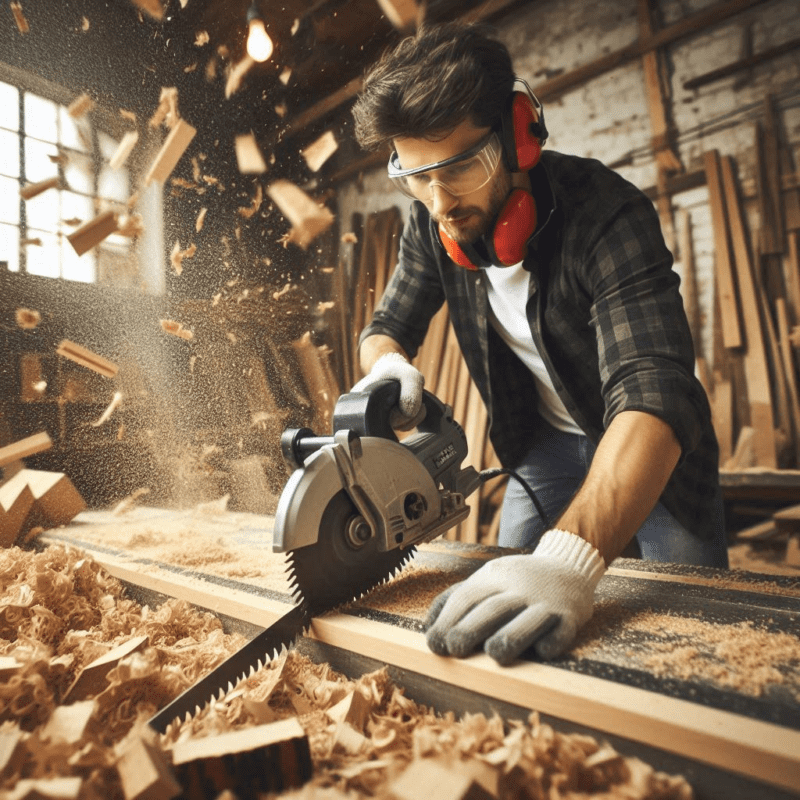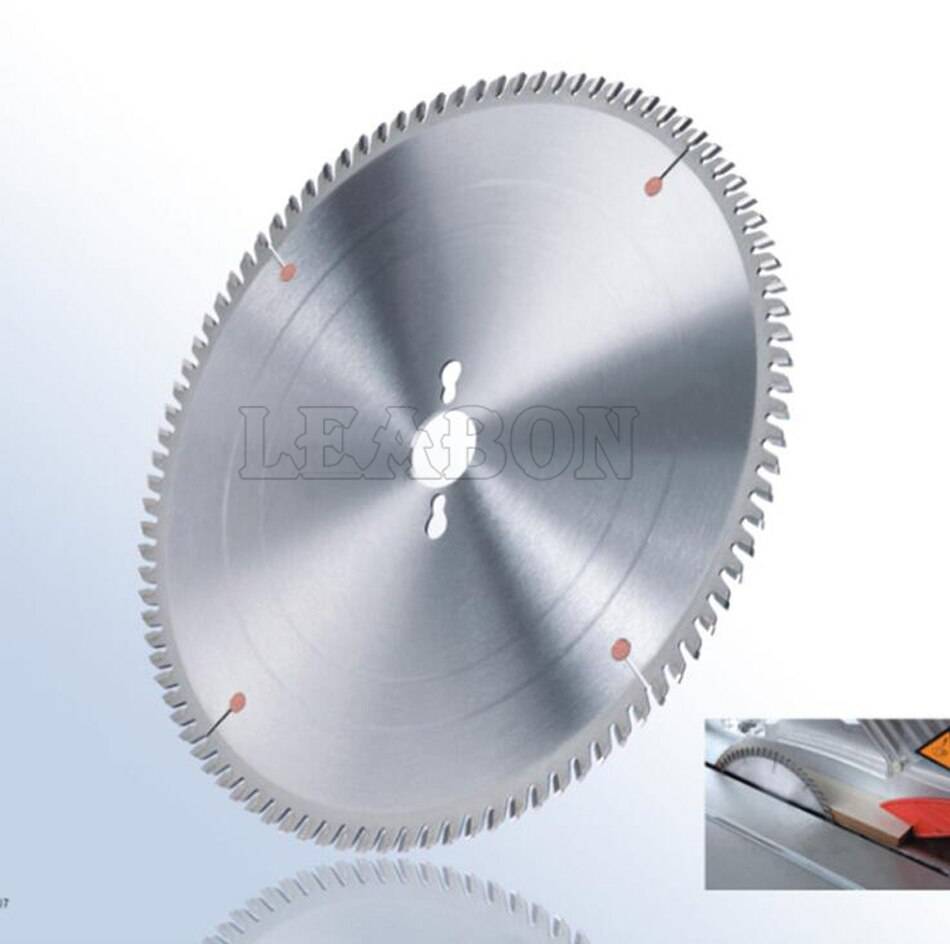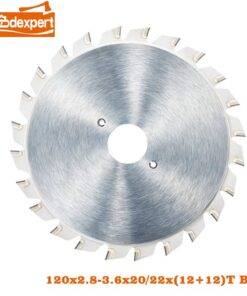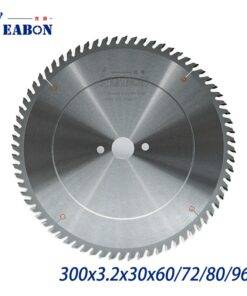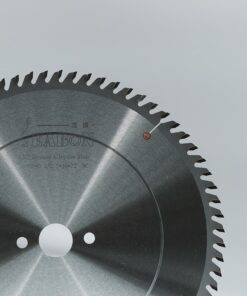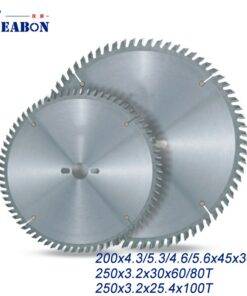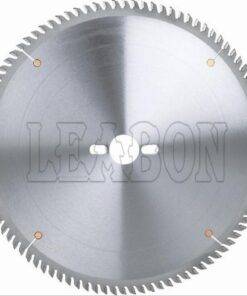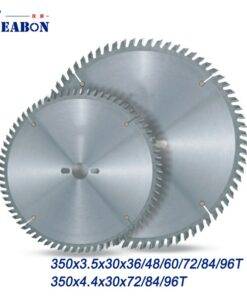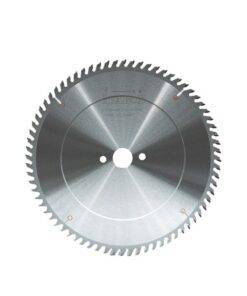Woodworking Accessories Tips
Skill Saw Blade Types: The Complete Guide for DIYers and Pros
What Is a Skill Saw?
A skill saw (originally a brand name that became genericized) is a circular saw designed for cutting various materials, including wood, plastic, metal, and masonry. These tools can be handheld or table-mounted, powered by electric motors that spin sharp-toothed blades at high speeds.
The key to using a skill saw effectively lies in selecting the right blade for the job. Using the wrong type of blade can result in poor cuts, material waste, and even injuries.
Why Blade Selection Matters
Every blade is built with a specific task in mind. Using the correct blade leads to:
- Cleaner cuts: Fewer burrs and splinters
- Longer tool life: Less wear and tear on the motor
- Improved safety: Less chance of kickback or binding
- Faster project completion: Blades that match the job cut more efficiently

Types of Skill Saw Blades
Let’s explore the main types of blades you’ll encounter when using a skill saw. Each blade type is designed with specific materials and cutting directions in mind.
1. Rip Cut Blades
- Purpose: Cutting along the wood grain (ripping)
- Teeth Count: Fewer, larger teeth (typically 10–24 teeth)
- Design: Straight teeth for fast chip ejection
Best For: Breaking down long boards or framing lumber. These blades remove material quickly and are ideal for speed over finish.
2. Crosscut Blades
- Purpose: Cutting across the wood grain
- Teeth Count: More teeth (typically 60–80 teeth)
- Design: Alternate Top Bevel (ATB) teeth that lean left and right
Best For: Precision woodworking, furniture building, and clean end cuts. These blades produce smooth, splinter-free results.
3. Combination Blades
- Purpose: A hybrid blade for both ripping and crosscutting
- Teeth Count: Moderate (usually 40–60 teeth)
- Design: Mixed tooth pattern combining ripping and crosscut features
Best For: General-purpose use when you don’t want to change blades often. A go-to choice for DIYers or contractors on the move.
4. Specialty Blades
Specialty blades are designed for materials and applications beyond standard woodwork. Here are some examples:
- Plywood Blades: High tooth count (80–100+) for clean, splinter-free cuts in thin wood layers
- Dado Blades: Used to cut grooves (requires table saw or radial arm saw)
- Metal Cutting Blades: Carbide-tipped or abrasive wheels for cutting through aluminum, steel, etc.
- Masonry Blades: Diamond-tipped for concrete, stone, and tile
Tip: Always check if your skill saw supports specialty blades before purchasing.
Choosing the Right Blade Size
Skill saws come in various sizes, with the most common being 7-1/4 inches in diameter. Blade size should match your saw’s specifications. Using an incorrectly sized blade can cause poor performance or damage to the saw.
Common Sizes:
- 6-1/2 inch (for compact saws)
- 7-1/4 inch (standard)
- 10 inch (used in miter and table saws)
Quick Tip: Always refer to the user manual or manufacturer’s guidelines when replacing or upgrading your saw blades.
Skill Saw Blade Safety Tips
Working with power tools always involves risk, so safety should be a priority:
- Always unplug the saw before changing blades
- Wear eye and ear protection
- Use a blade guard when available
- Don’t force the saw; let the blade do the work
- Inspect blades for cracks or dull teeth regularly
Maintenance Tips for Longer Blade Life
- Clean regularly: Remove pitch, resin, and sawdust buildup
- Store properly: Hang blades or keep them in dry, padded containers
- Sharpen when needed: Use a professional sharpening service or buy a blade sharpener
- Replace dull or damaged blades immediately
